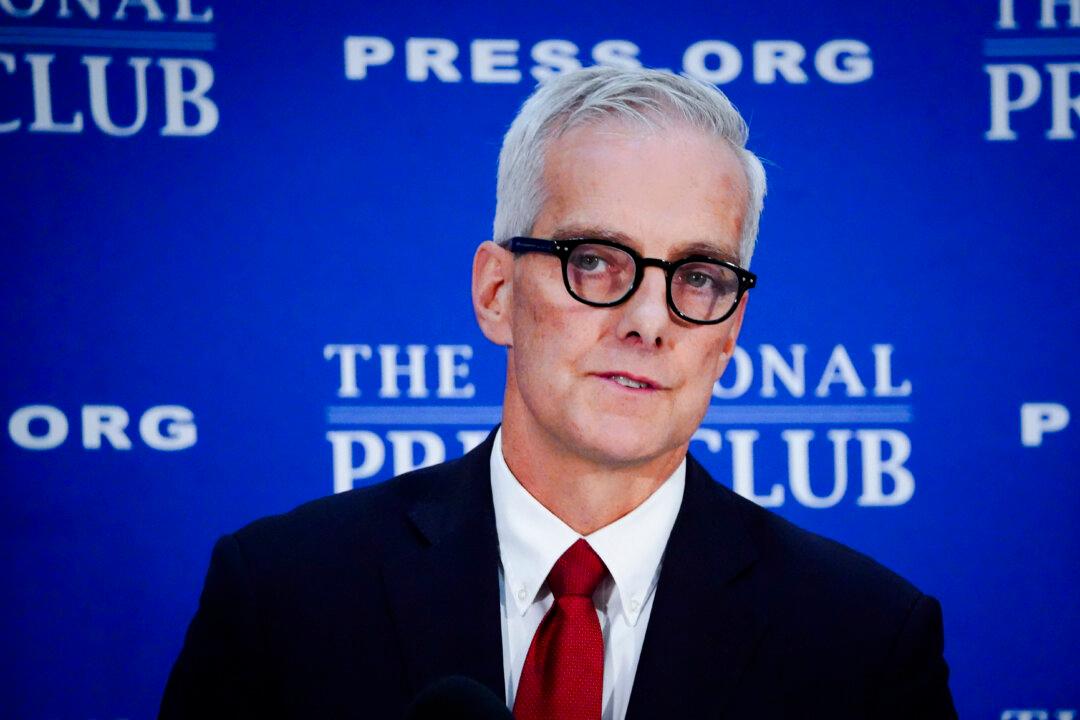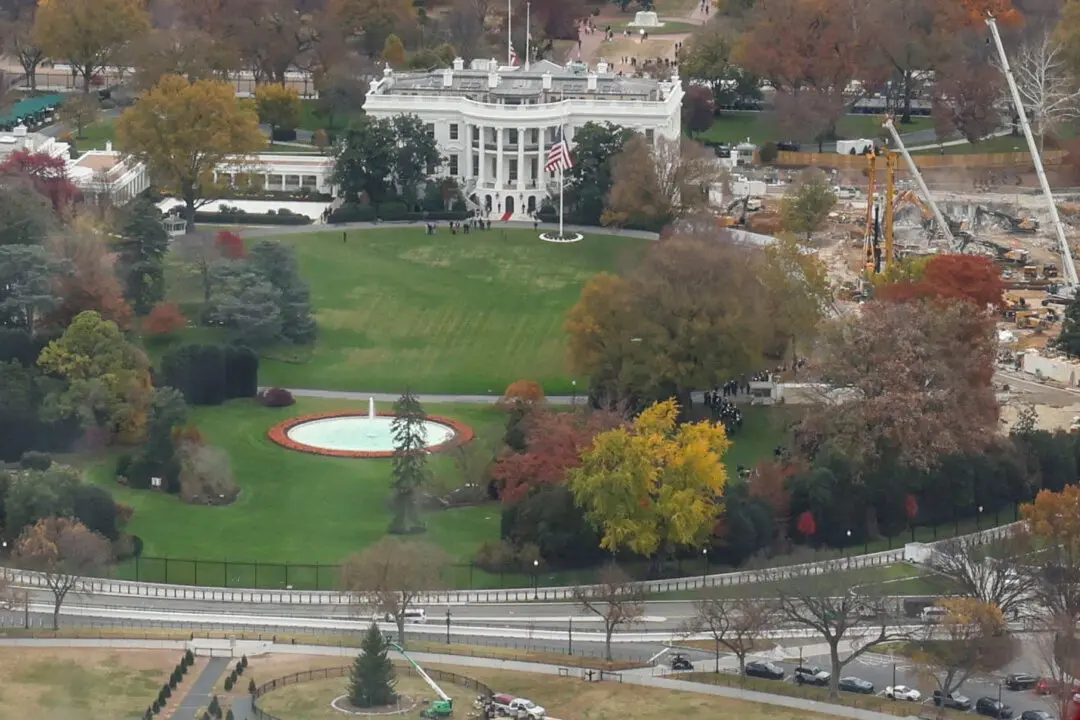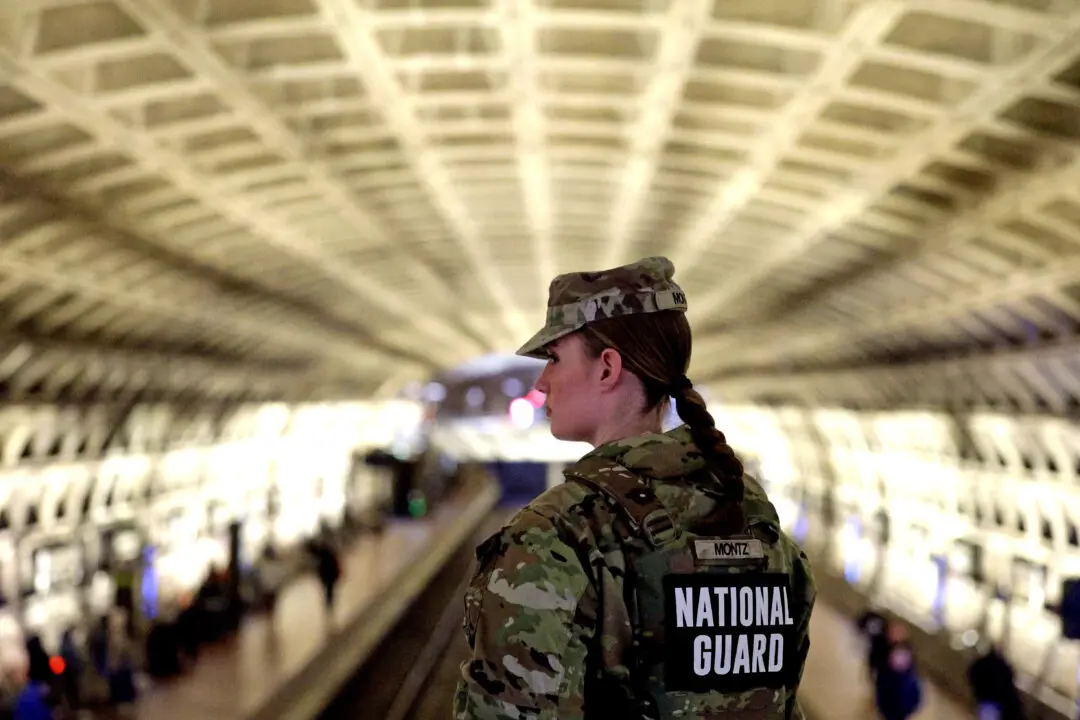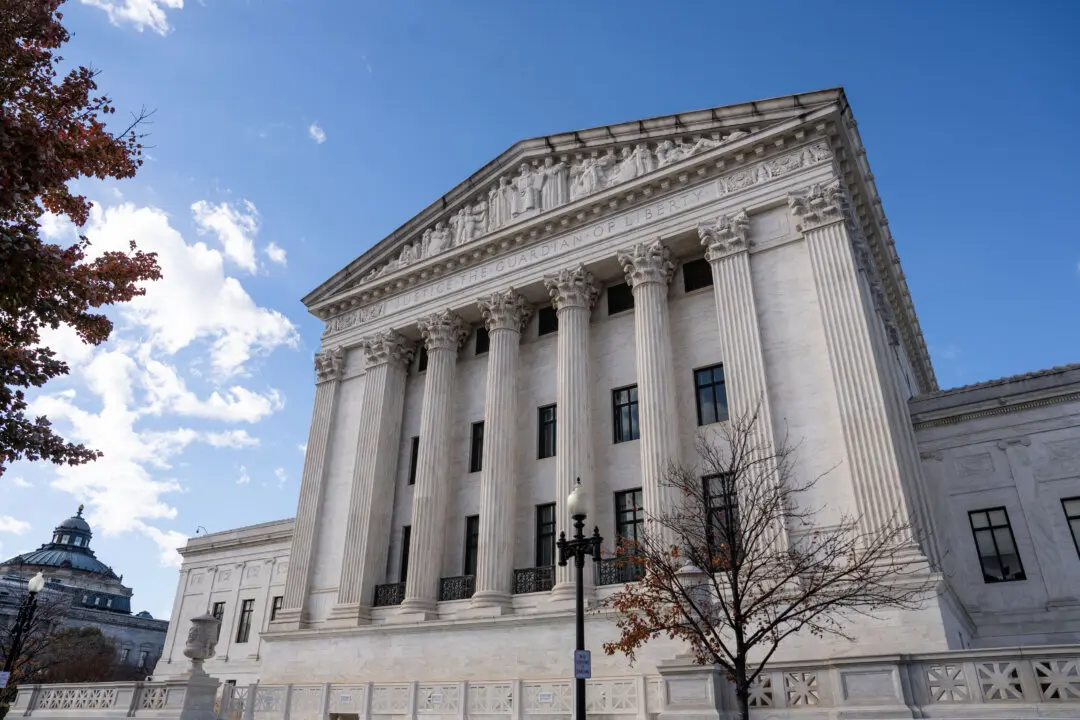The Supreme Court agreed last week to consider if two veterans were improperly denied medical benefits needed to treat post-traumatic stress disorder (PTSD) thought to have arisen during their military service.
PTSD, which used to be called “shell shock” and “combat fatigue,” occurs in individuals who have experienced or witnessed a traumatic event or set of circumstances, according to the American Psychiatric Association.





